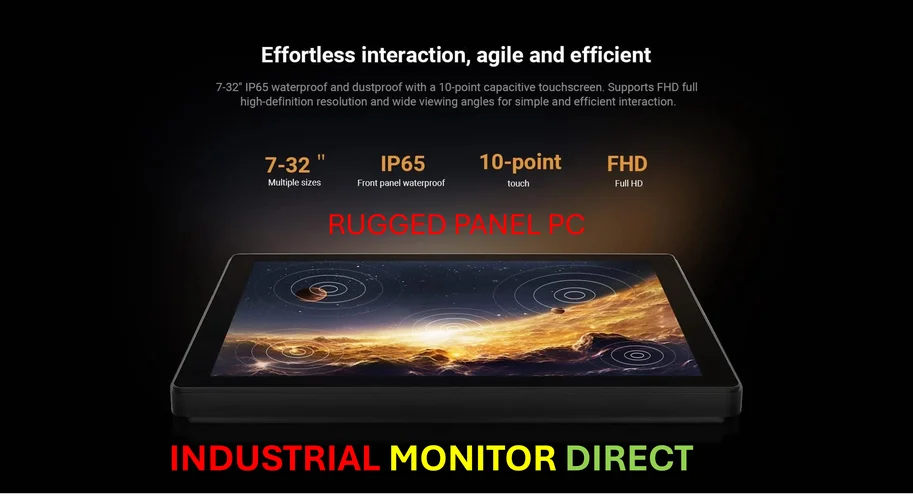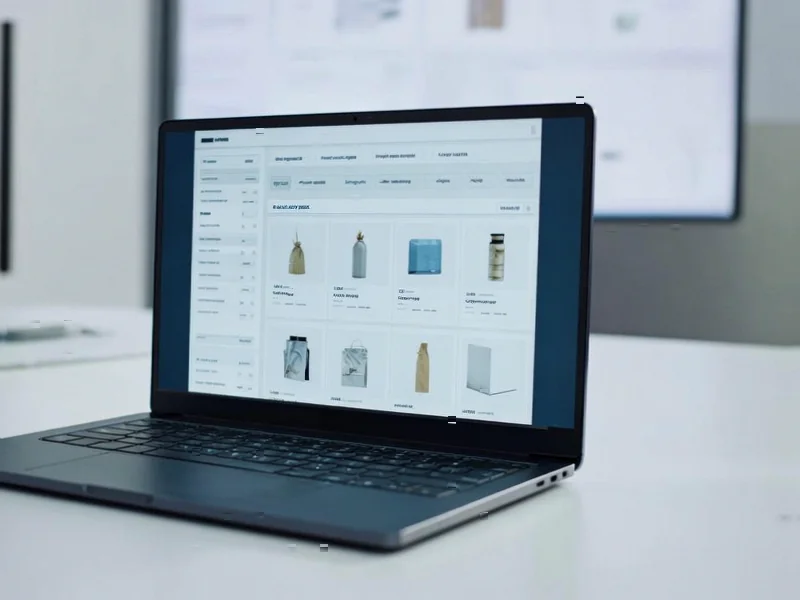According to Inc, Smosh founders Anthony Padilla and Ian Hecox successfully bought back their YouTube brand in June 2023 after originally selling to Alloy Digital (later Defy Media) in 2011. The channel grew from 3 million subscribers at acquisition to 37 million across three channels when Mythical Entertainment purchased it for under $10 million in 2019 following Defy Media’s sudden 2018 shutdown. Under the founders’ renewed leadership with CEO Alessandra Catanese, Smosh has quadrupled revenue over the past two and a half years through diversified income streams including Google AdSense, branded content, live shows, and merchandise, while growing their collective channel subscribers to nearly 53 million. This remarkable turnaround story highlights the evolving dynamics of creator ownership in the digital age.
The Real Price of Early YouTube Success
Smosh’s journey reveals a critical pattern in digital media: early platform success often comes at the cost of long-term equity. When Padilla and Hecox sold in 2011, they were essentially trading ownership for operational support and the promise of stock value that never materialized. This scenario has played out repeatedly across digital media – from Maker Studios to Fullscreen – where creators sacrifice control for scale, only to discover that corporate ownership often misunderstands audience dynamics. The Defy Media collapse wasn’t an anomaly but rather symptomatic of a broader trend where middleman media companies struggle to maintain relevance between platforms and creators.
The Mythical Advantage: Strategic Stewardship Over Corporate Ownership
What made Mythical Entertainment’s interim ownership successful where Defy failed was their creator-first approach. Rhett McLaughlin and Link Neal understood something fundamental: successful digital media requires authentic connection with audiences, not just scalable content production. Their willingness to eventually sell back to the founders demonstrates a sophisticated understanding of brand equity that transcends traditional media acquisition models. This isn’t just a feel-good story – it’s a strategic recognition that some creator brands have value that cannot be fully extracted through corporate ownership structures.
The Revenue Diversification Imperative
Smosh’s 4x revenue growth reveals a crucial evolution in creator business models. Unlike the early YouTube days of relying primarily on AdSense, their current diversified approach – spanning branded content, live events, and merchandise – represents the maturation of creator economics. This diversification isn’t just about maximizing income; it’s about building resilience against platform algorithm changes and advertising market fluctuations. The fact that they’ve maintained this growth while expanding their YouTube presence shows that platform presence and business diversification aren’t mutually exclusive strategies.
The Hidden Risks of Founder Buybacks
While the Smosh story is compelling, founder buybacks carry significant risks that aren’t immediately apparent. The emotional attachment to a brand can cloud business judgment, and the pressure to recapture past glory often leads to conservative creative decisions. Additionally, the substantial financial investment required for buybacks can create intense pressure for immediate returns, potentially undermining long-term strategic planning. The founders’ decision to implement the Entrepreneurial Operating System suggests they recognize these risks, but maintaining the delicate balance between creative passion and business discipline remains an ongoing challenge.
The Broader Implications for Creator Economy
Smosh’s successful buyback signals a potential shift in how we value digital media properties. The reported sub-$10 million price tag for a channel with 37 million subscribers suggests that audience size alone doesn’t determine valuation – engagement quality and brand authenticity matter more. This could recalibrate expectations for both creators considering sales and investors looking at digital media acquisitions. The era of chasing subscriber counts may be giving way to more sophisticated metrics that account for community loyalty and multi-platform revenue potential.
The Leadership Evolution: Critical Factor
Perhaps the most overlooked aspect of Smosh’s revival is the founders’ personal growth during their separation. Padilla’s development of the viral “I spent a day with” series through Pressalike and Hecox’s experience navigating corporate collapse provided crucial leadership experience they lacked during their initial YouTube fame. This professional maturation allowed them to return not as the teenagers who created Smosh, but as experienced media executives capable of building sustainable business structures around their creative vision.
Sustainable Growth vs. Viral Success
The most telling metric in Smosh’s story isn’t the revenue growth or subscriber numbers, but the sustained viewership after the initial buyback announcement. As Hecox noted, they expected a temporary spike followed by decline, but instead saw maintained and then growing engagement. This suggests they’ve built something more durable than viral fame – they’ve created a media property with lasting audience connection. In an era where attention spans are shrinking and platform algorithms constantly change, this kind of sustained engagement may be the most valuable asset any digital media company can build.




